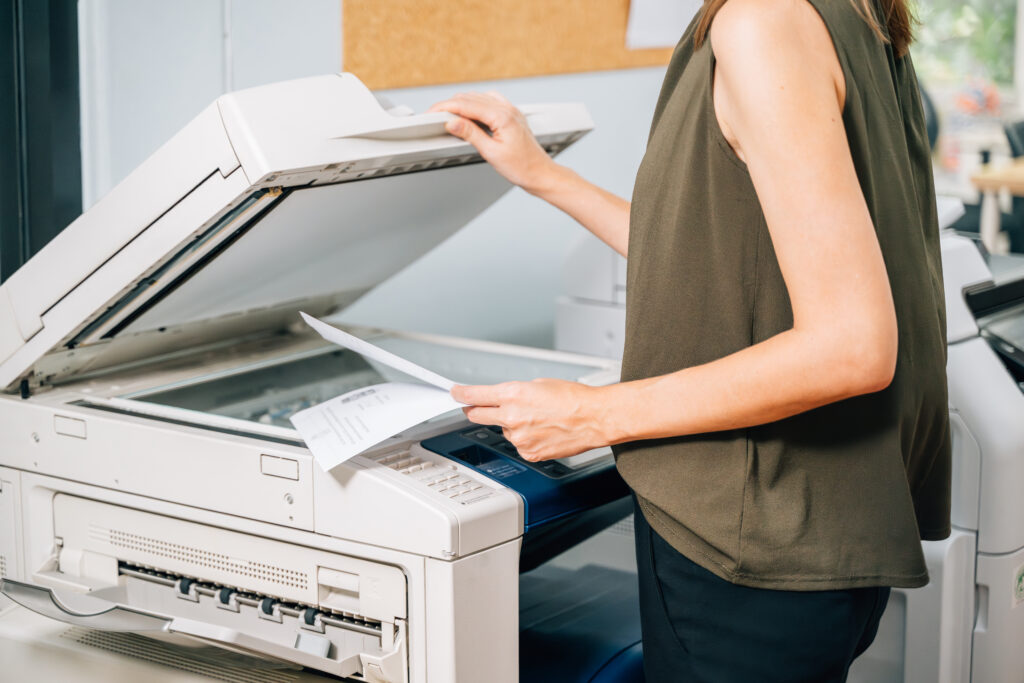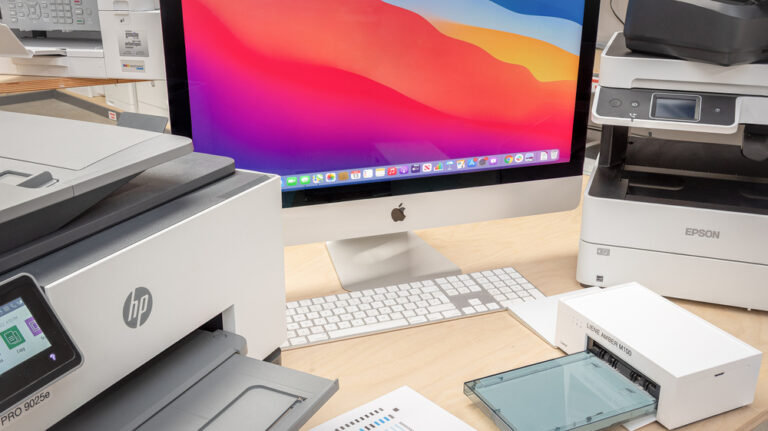macOS printer deployment
So, you’ve got a brand new printer for your Mac and now its time to print! After meticulously comparing numerous models, scrutinizing their features, and making the perfect choice, you’ve finally brought your new printer home. Now comes the exciting part – configuring it on your macOS. Configuring printers on a Mac can sometimes seem complex, but fear not; in this article, we’ll explore how to simplify and streamline this task, ensuring that you make the most of your new printer while learning some valuable tips along the way.
Setting up a new printer on a Mac can be approached in various ways. Although we’ll delve into script-based configuration, let’s briefly touch on some common methods to accomplish this task.

Print customization options and benefits
The most straightforward option is manual configuration. Within “System Preferences” under “Printers & Scanners,” you can easily add a printer and tailor its settings to your liking through the graphical interface. Alternatively, you can opt for automatic configuration through AirPrint or Bonjour, where your Mac can seamlessly detect printers on the network, eliminating the need for manual intervention.
In addition to these methods, there is Apple script-based configuration. While it may cater more to advanced users, installing a new printer on a Mac using scripts presents several advantages:
- Efficiency: It’s a highly efficient method, saving considerable time and effort during the installation process.
- Consistency: Ideal for configuring printers on multiple devices, scripts ensure a uniform installation across all of them.
- Customization: Scripts allow for extensive customization of printer settings, including access permissions, default print options, specific preferences, and more.
- Extras: They enable keeping detailed records of installed printers, monitoring the entire printing process, incorporating security measures, and easily maintaining the setup.
What do you need to know?
While script-based configuration may be more suitable for advanced users, what essential information do you need to install a new printer using this method? First and foremost, you’ll need a foundation in Bash or AppleScript and an understanding of how the macOS interface and operating system function.
Moreover, it’s crucial to know the necessary drivers for your new printer to function seamlessly on your Mac. Above all, familiarity with the macOS Terminal is essential to execute the required commands successfully.
Script-Based Configuration
Preparation
Script Creation
tell application "System Preferences"
activate
set current pane to pane "com.apple.preference.print" reveal anchor "printer:addprintermodally"
tell application "System Events"
tell process "System Preferences"
click button "Add Printer" of tab group 1 of window "Print"
end tell
end tell
end tell
Running the Script
Automation
So, why choose the script?
While there are multiple ways to configure printers on macOS, opting for scripts can significantly save you time and effort. This flexible method not only facilitates installation but also automates printer setup and management across your devices. If you are dealing with a network of printers, scripts offer consistency in installation and settings across all devices. Script-based configuration proves to be a powerful tool for efficiently managing your print environment.
Whether you’re a tech-savvy individual or an IT professional, mastering the art of script-based printer configuration provides a level of control and customization that other methods may not offer. Take advantage of the flexibility and efficiency scripts provide in setting up your printers on macOS. Embrace the power of scripting for a seamless and uniform printing experience across your Mac network.
Additional Printer Configurations
Configuring a USB Printer
Printer in Windows

Wireless Printer Setup
Printer Device Settings
Nearby Printers
Windows Compatibility
Apple Support
When dealing with printer configuration on a Mac, don’t forget about Apple support resources. Apple provides comprehensive documentation and support forums to troubleshoot any issues you may encounter during the setup process. Leveraging these resources can save you time and provide solutions to potential challenges.

Basic Computer Skills
While configuring printers on macOS may seem technical, it doesn’t require advanced expertise. Basic computer skills, such as navigating system preferences, using code editors, and executing commands in the Terminal, are sufficient to master printer configuration through scripts.
In conclusion, configuring printers on macOS offers a myriad of options, each tailored to different user preferences. Whether you’re adding a new printer or scanner, configuring wireless printers on your network, or adjusting settings for a local printer, the versatility and efficiency of script-based configuration remain unparalleled.
Ready to print? Now you can embrace the power of scripting for a seamless and uniform printing experience across your Mac network!









